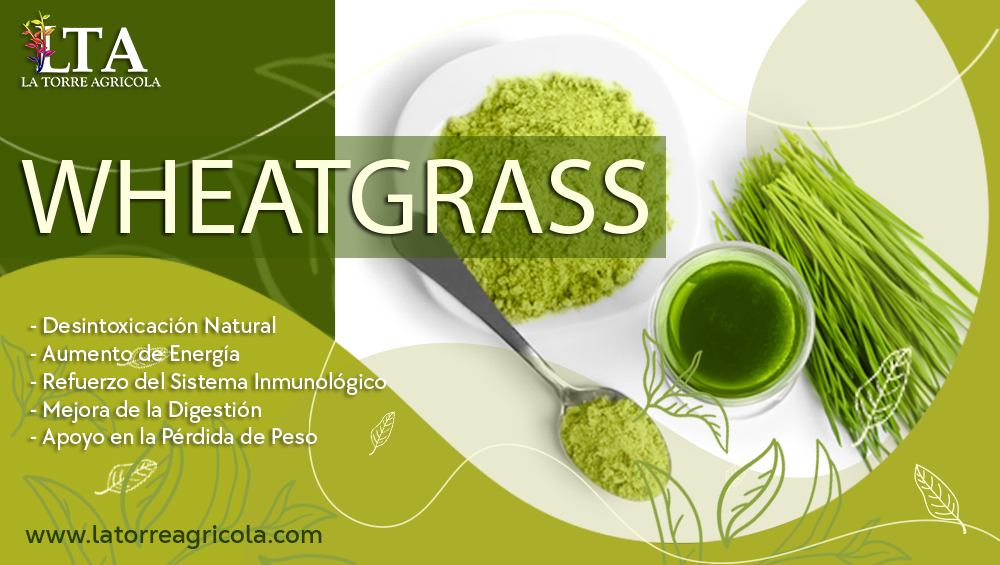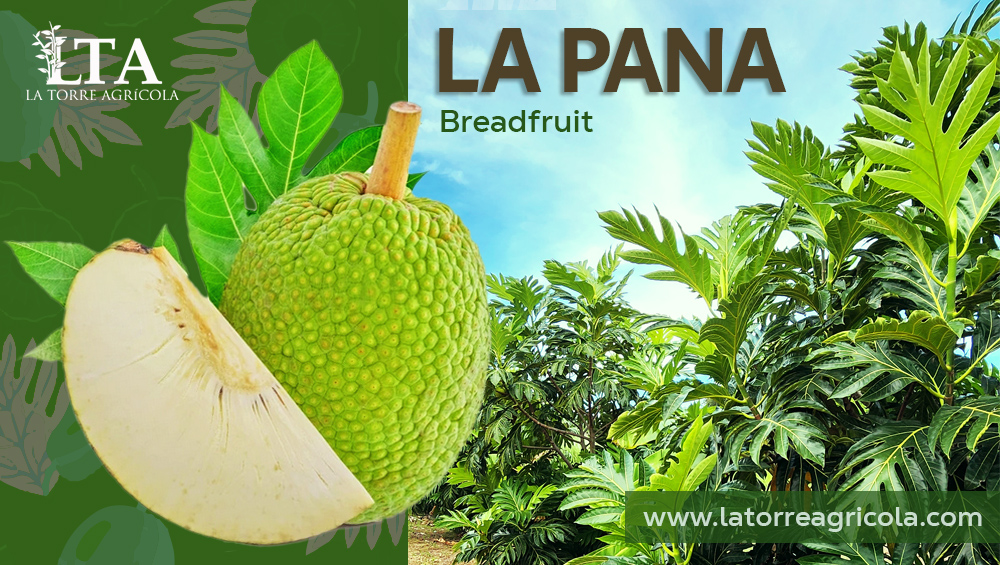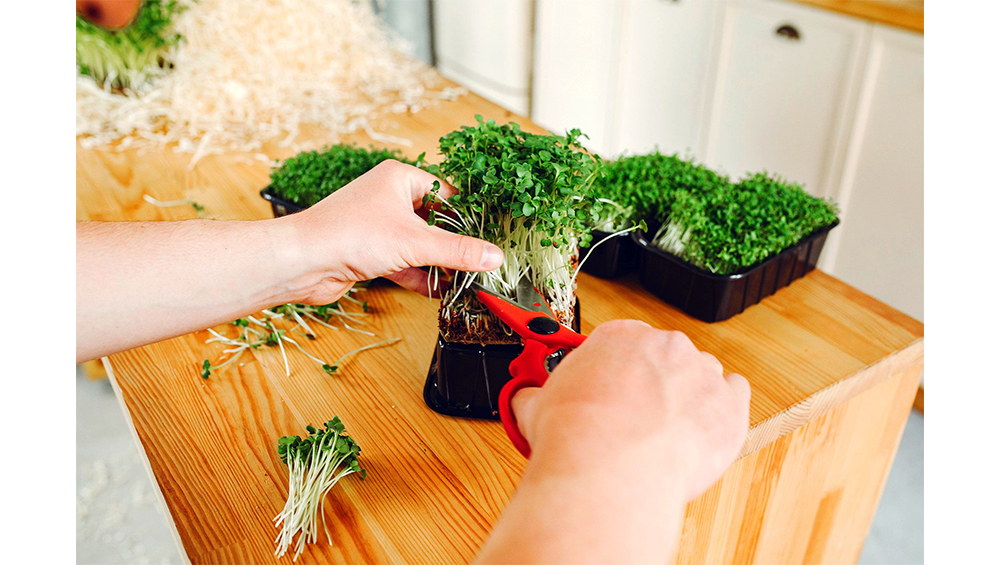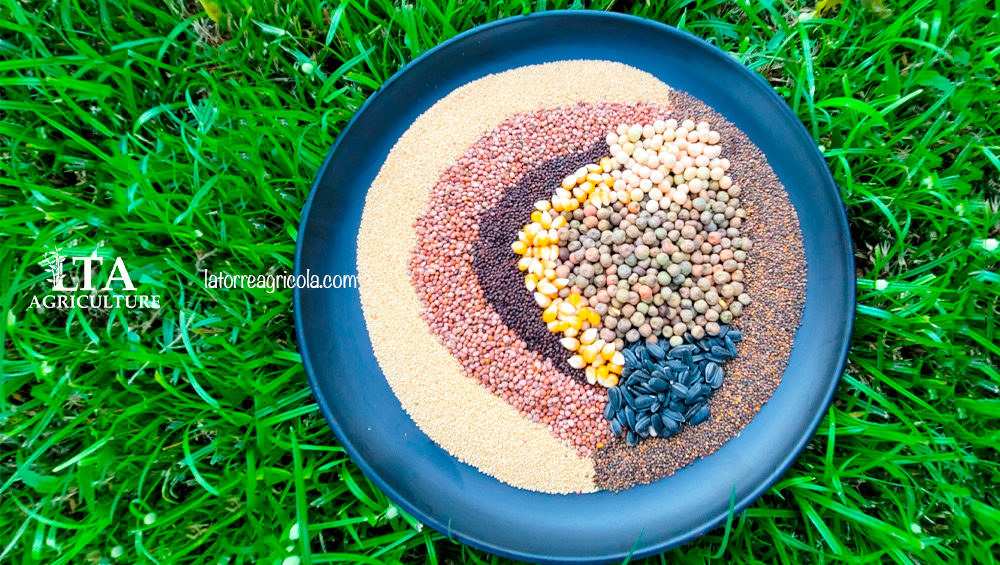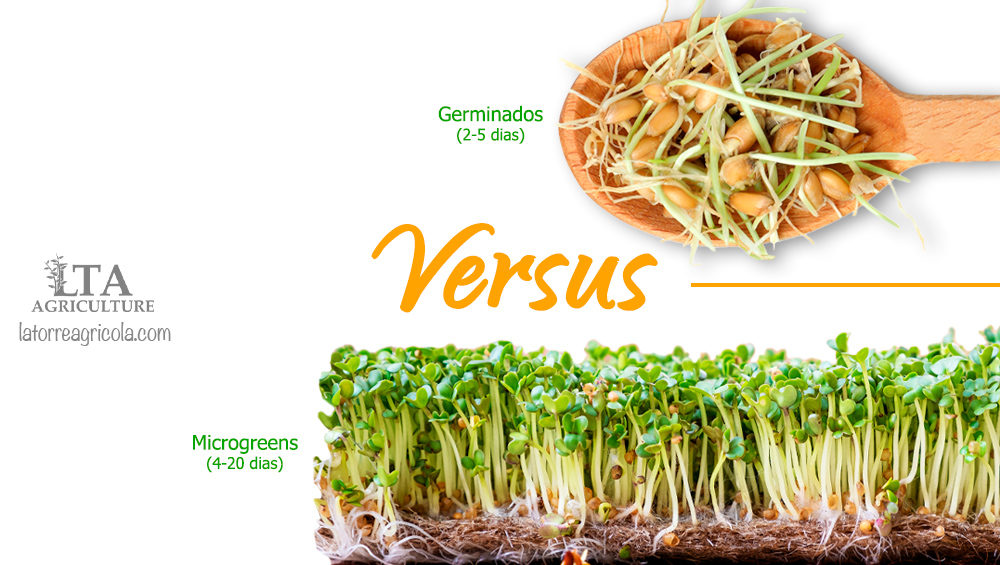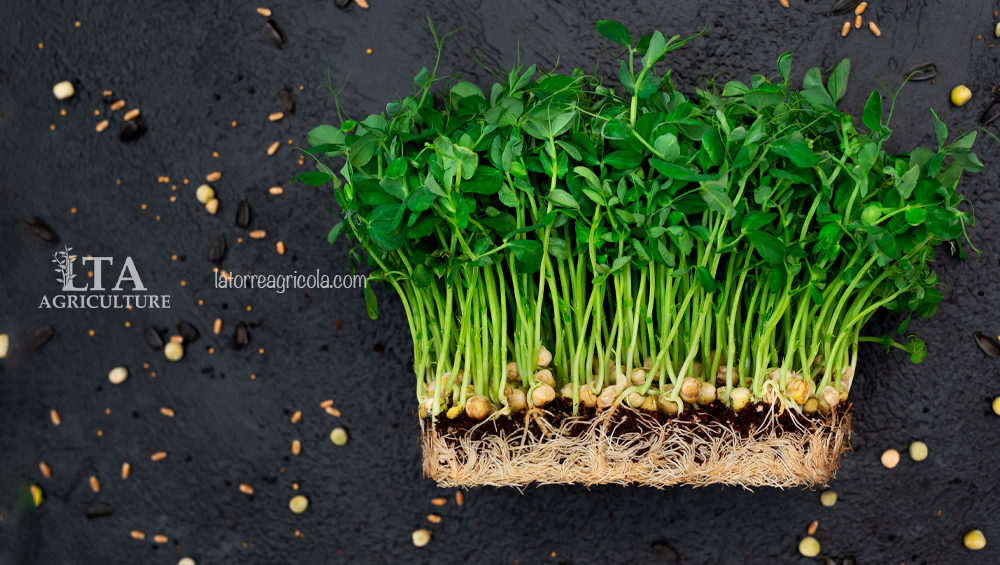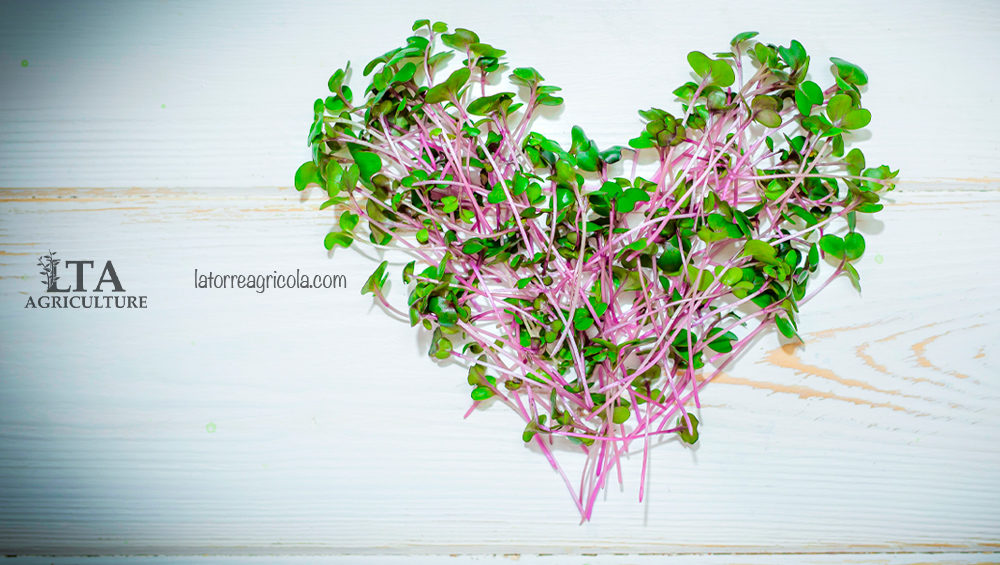List of most popular Seeds to grow Microgreens: Green Sorrel, Red Sorrel, Cinnamon Basil, Lemon Basil, Thai Basil, Alfalfa, Garlic, Red Amaranth, Braid Broccoli, Calabrese Broccoli, Onion, Cilantro, Kale, Kohlrabi, Spinach, Black Chickpea, Sunflower, Peas, Green Lentil, Red Lentil, Corn, Green Mizuna, Red Mizuna, White Mustard, Red Mustard, Pak Choi, Parsley, Perilla or Shisho, Leek, Rose Radish, Daikon Radish, Sango Radish, Rambo Radish, Yellow Beet , Red Beet, Arugula, Tatsoi, Thyme, Red Clover, Wheat, Buckwheat and Carrot.
There is an extensive list of seeds to grow Microgreens, however it is recommended to always use 100% organic chemical-free seeds (GMO-Free).
Microplants can be grown in various places such as: In your house with pots next to your window, Outdoors or also in Greenhouses that contain ample space. In fact, it is recommended that the cultivation area be in warm zones or temperate zones in order to guarantee harvests 365 days a year.
In cold areas it is almost impossible to grow Microgreens, especially in winter as they need at least four hours a day of direct sunlight.
In addition, they are divided into the following plant families where we mention some of the most popular Seeds to grow Microgreens:
Read More

